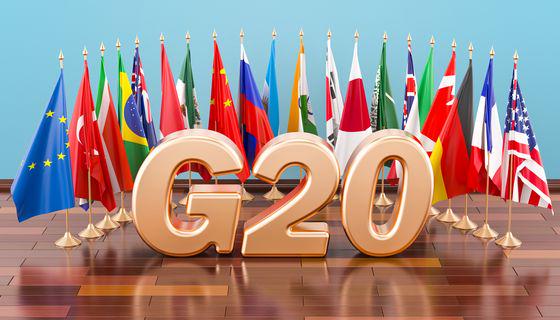
The G20 summit took place in Bali, Indonesia, on November 2022…

Don’t waste your time – keep track of how NFP affects the US dollar!
Data Collection Notice
We maintain a record of your data to run this website. By clicking the button, you agree to our Privacy Policy.

Beginner Forex Book
Your ultimate guide through the world of trading.
Check Your Inbox!
In our email, you will find the Forex 101 book. Just tap the button to get it!
Risk warning: ᏟᖴᎠs are complex instruments and come with a high risk of losing money rapidly due to leverage.
71.43% of retail investor accounts lose money when trading ᏟᖴᎠs with this provider.
You should consider whether you understand how ᏟᖴᎠs work and whether you can afford to take the high risk of losing your money.
Information is not investment advice
The title may sound somewhat catastrophic, but we are looking into a better recovery in Europe than in the US.
That is primarily based on the virus spread in both: while we have an almost totally suppressed infection in the Old World, Covid-19 is still raging west of Atlantic. That means, while Europe is already one month into a healthy restoration of the pre-virus capacities, the US is going to take another month or more until it gets back into position. But no one is going to wait for that – the EUR will take over what used to be exclusively the USD’s space. In the mid-term, at least.
Will that change the game in the long term? Probably not. But there are definitely more problems coming at the USD in comparison to the EUR. The latter mainly has Brexit, so if the virus doesn’t come back, there are purely economic concerns of general recovery and the fishery dispute with the UK that the EUR needs to overcome. The former, on the other hand, has social turbulence resulting from state-wide health issues related to the virus. So until it gets to the point that the US says “ok, now, let’s start producing and buying again” it will take more time and effort from the public and the state.
Global investors are definitely tired of such a layout. But they are probably more tired to see that the USD keeps declining while it is supposed to stay firm as a safe-haven. Logically, they may change their preferences in favor of the EUR knowing that it has a brighter outlook for the coming months. That’s why, fundamentally, there is a big likelihood that the primary safe-haven in the mid-term will be EUR instead of the USD.
EUR/USD broke the 2-year downward trend and went for higher grounds after the virus passed its peak in Europe. Moreover, it went above 1.15 which used to guard the upside since 2015-2017 and was the upper border of the sideways channel back then. Currently, 1.2000 is the closest bullish range, and quite likely, it will be reached in the nearest future, even after all technical downward retraces. The 6-year high of 1.25 will be there to announce that EUR has strategically moved to occupy the grounds of the primary safe-haven currency. Hence, watch EUR/USD and take into account these tectonic shifts.
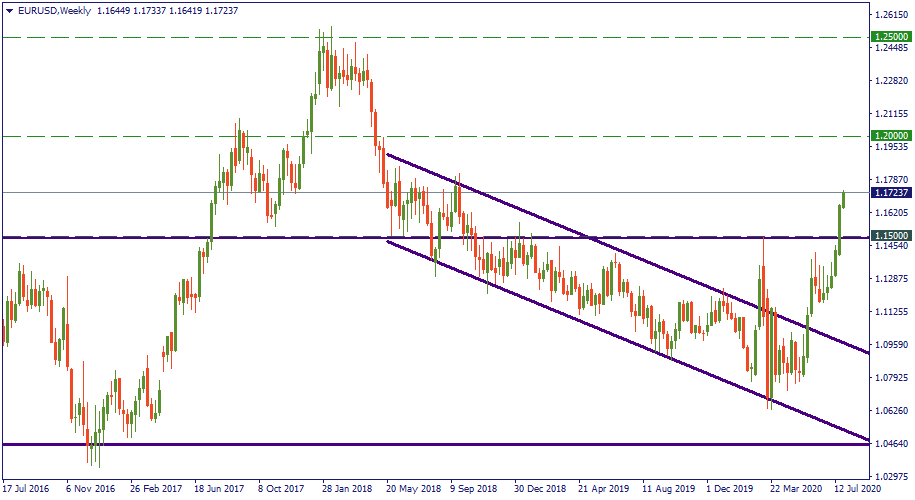

The G20 summit took place in Bali, Indonesia, on November 2022…

The deafening news shocked the whole world yesterday: the British Queen Elizabeth II died peacefully at the age of 96…
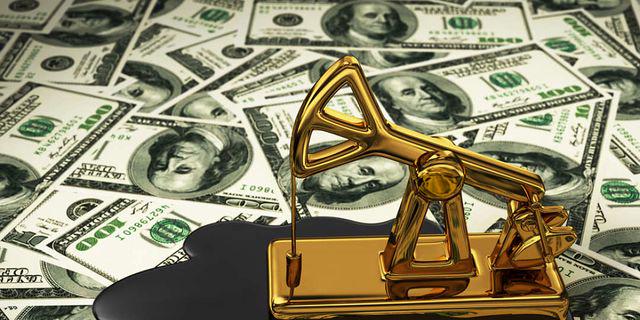
After months of pressure from the White House, Saudi Arabia relented and agreed with other OPEC+ members to increase production.
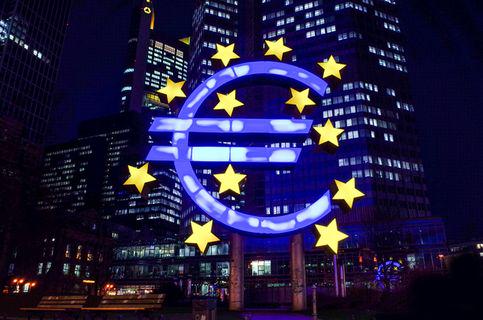
eurusd-is-falling-what-to-expect-from-the-future-price-movement
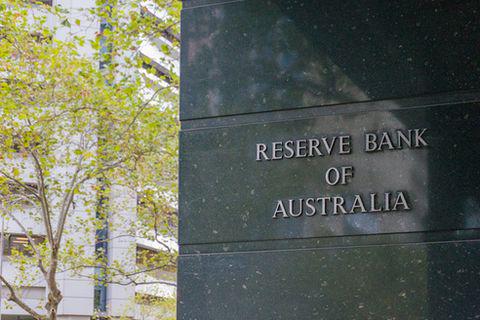
Greetings, fellow forex traders! Exciting news for those with an eye on the Australian market - the upcoming interest rate decision could be good news for Aussies looking to refinance or take out new loans. The Mortgage and Finance Association Australia CEO, Anja Pannek, has...

Hold onto your hats, folks! The Japanese yen took a nosedive after the Bank of Japan (BOJ) left its ultra-loose policy settings unchanged, including its closely watched yield curve control (YCC) policy. But wait, there's more! The BOJ also removed its forward guidance, which had previously pledged to keep interest rates at current or lower levels. So, what's the scoop? Market expectations had been subdued going into the meeting, but some were still hoping for tweaks to the forward guidance to prepare for an eventual exit from the bank's massive stimulus
Your request is accepted.
We will call you at the time interval that you chose
Next callback request for this phone number will be available in 00:30:00
If you have an urgent issue please contact us via
Live chat
Internal error. Please try again later